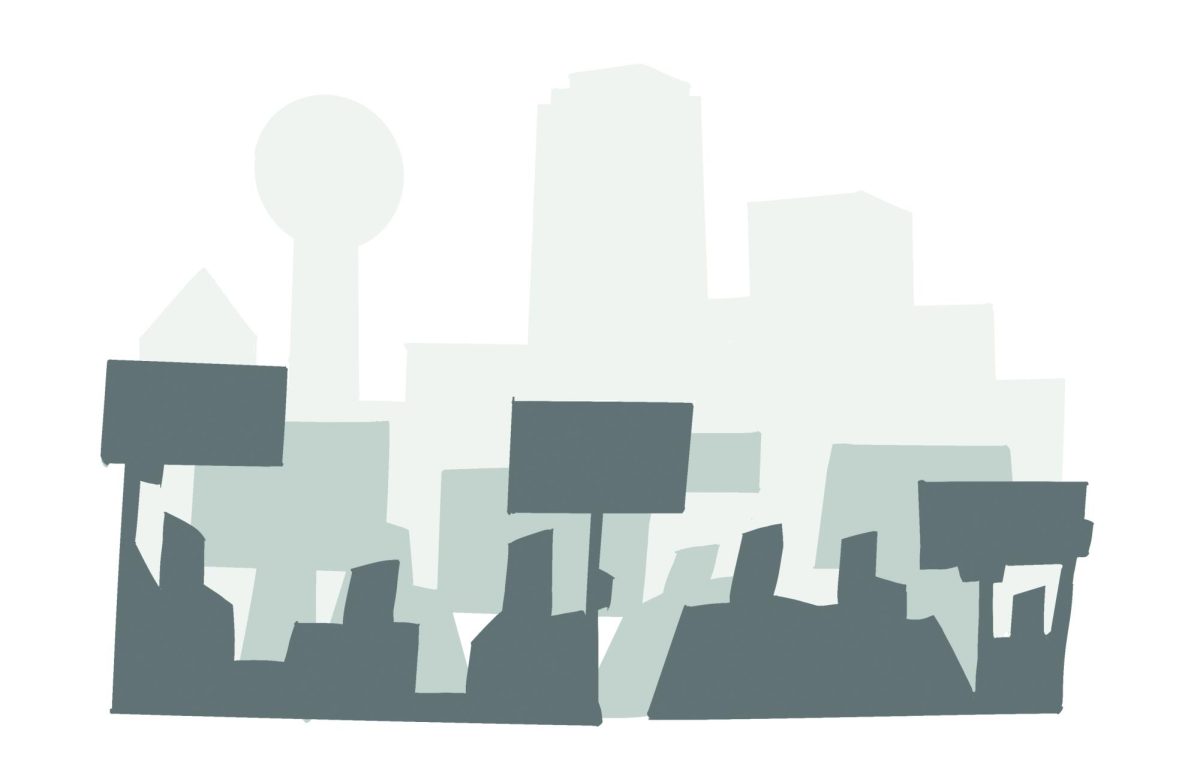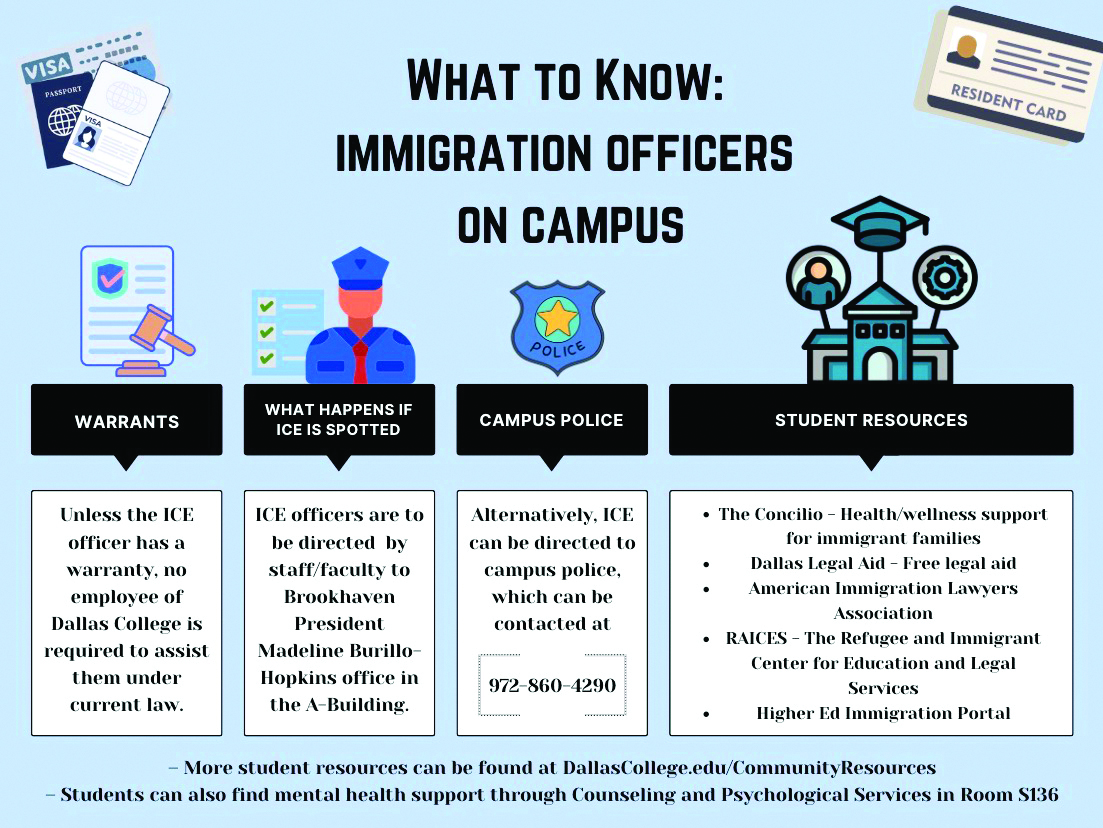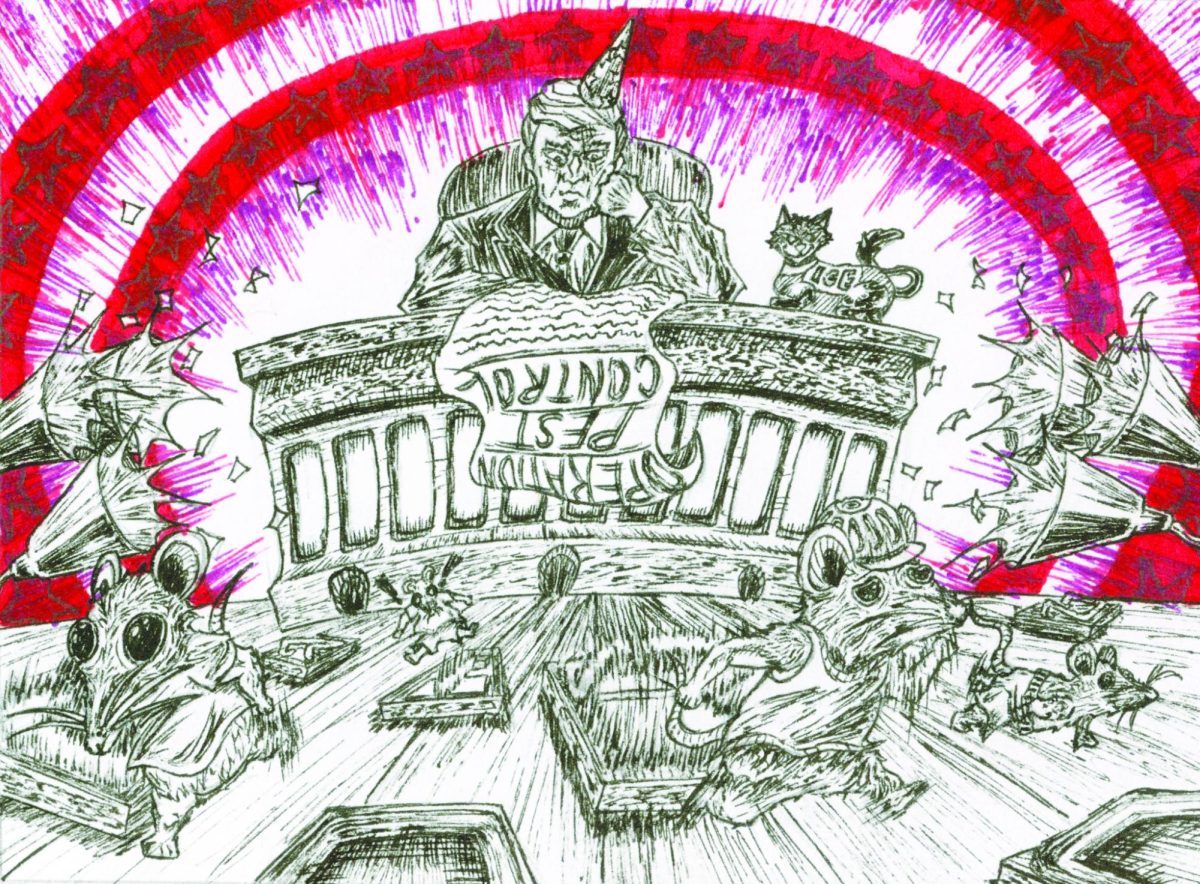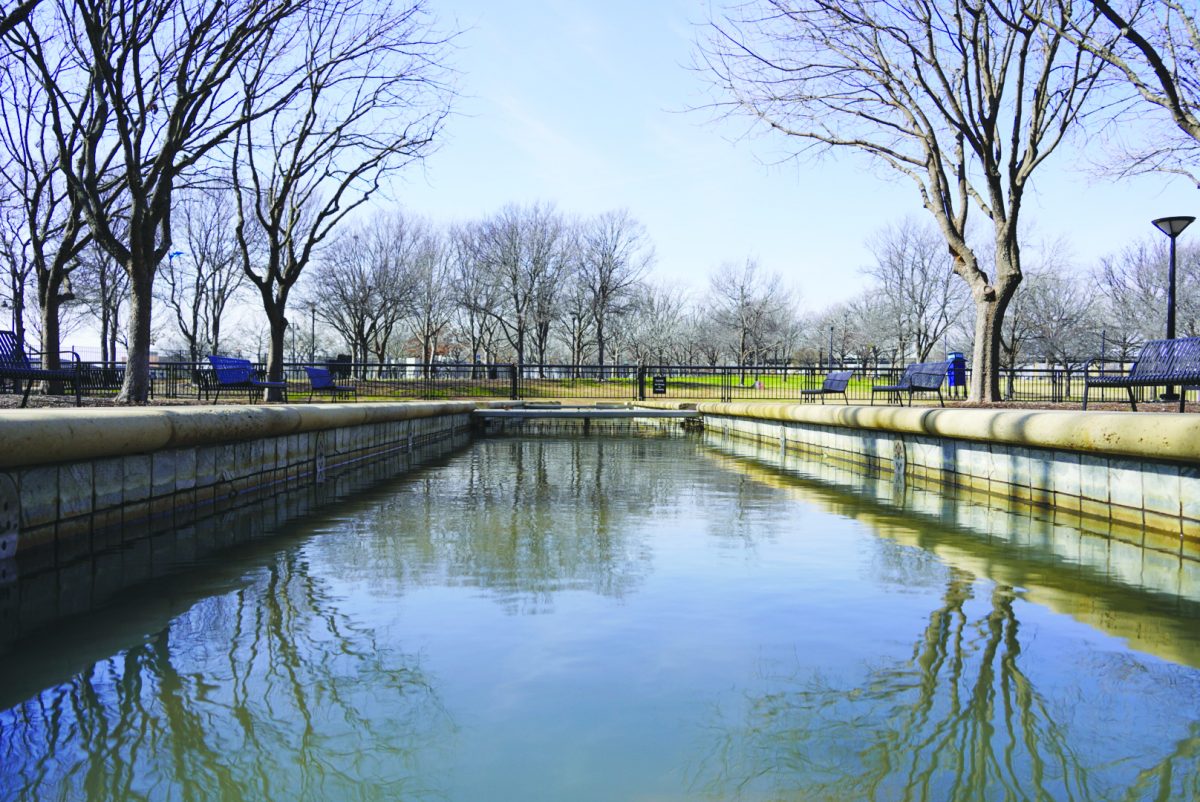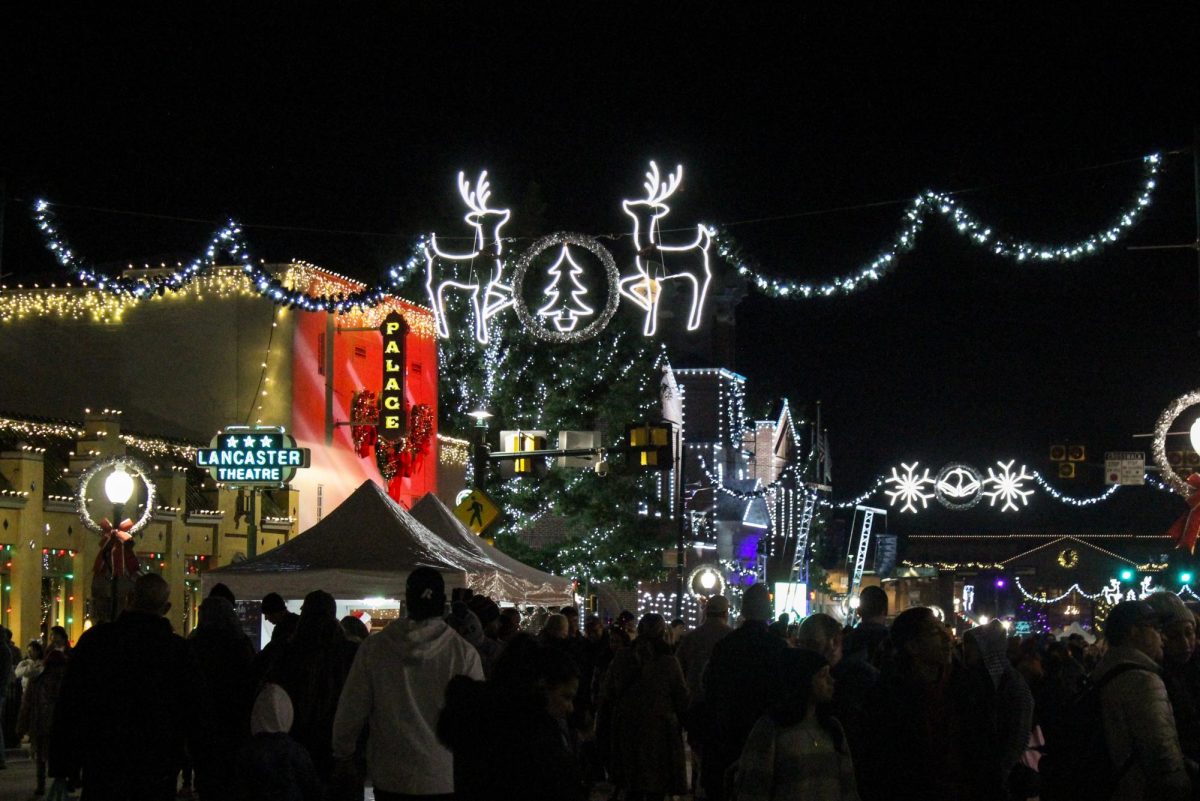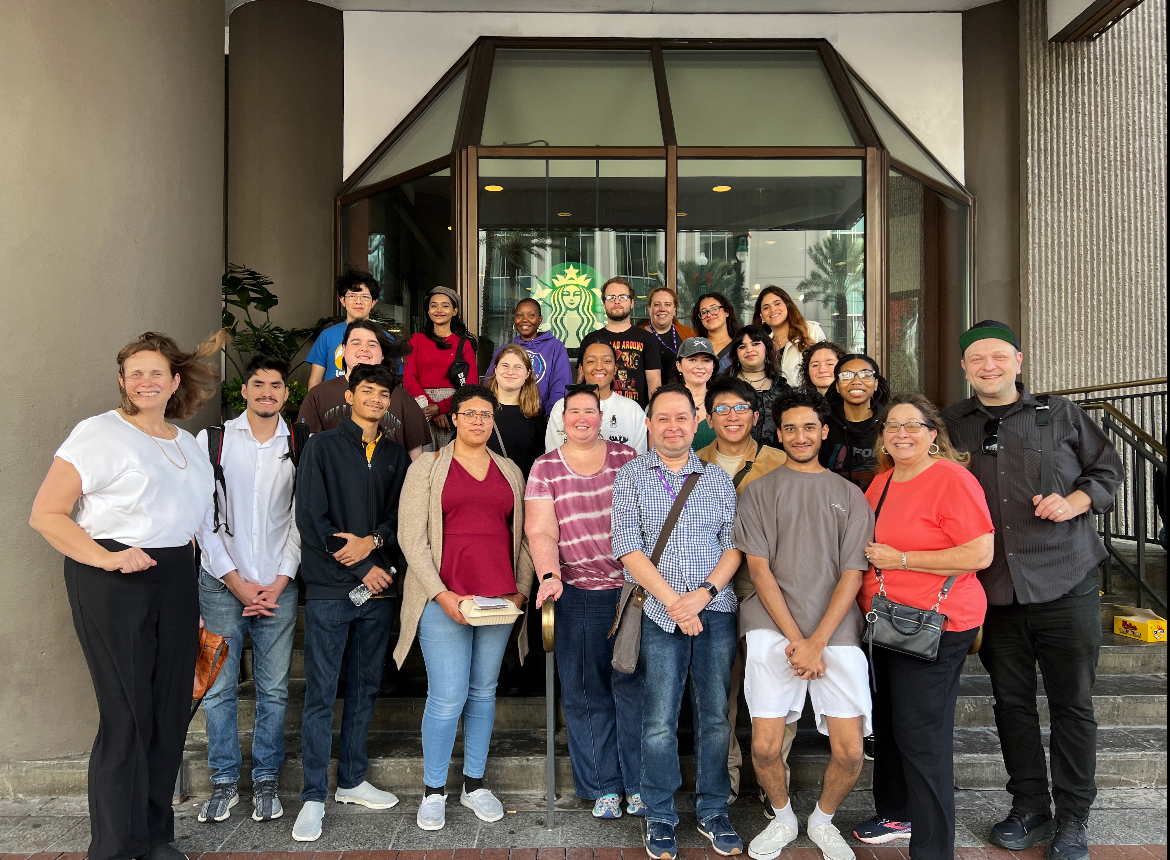Protests have taken a large role in the United States, so much so that it’s one of the pillars of the country. Protests have taken people to where the U.S. is now. Yes, the laws and rights that are used everyday today are what makes us live fairly and freely, but the reason that law came into existence was because of protests.
Protests, however, don’t just take forms in gatherings as they are usually associated with, they also take form in sit-ins, strikes and civil disobedience.
America occupies a long history of protests that stretches from 1675 all the way to now. Majority of laws and rights of the nation were through protests.
The Boston Tea Party
A foundational protest was the Boston Tea Party in 1773, which tackled the monopoly between the British tax policies and American colonists. This was 18 years before the first amendment came into existence. Due to this protest, the first amendment was later written to make sure people had a chance to let out their views fairly.
Women’s Suffrage
Another highly influential protest was the Women’s Suffrage Parade in 1913, this was a calmer, orderly planned protest in contrast to the Boston Tea Party. At the time, only nine states allowed women to vote, but activists wanted women across the nation to be able to vote. While the city officials at the time did allow marches and parades, these gatherings were only for groups the officials found respectable. While this technique, used by officials, were originally common, people in these marches were protected by the First Amendment, which helped people hold assemblies no matter the cause.
This assembly held 5,000 people in support of women’s suffrage, so much so that the police couldn’t handle the large crowd. On the outside of the march, people watching the crowd would interfere, injuring some marchers in the process. After this, Congress blamed police for not protecting the marches, and the police chief would resign following this.
The march did not stop there, as activists would go on to showcase more types of protests. The 19th Amendment, ratified in 1920, gave all women the right to vote.
Civil Rights
Another similar protest was the civil rights movement voicing upon equal rights for Black Americans. This march is considered by some to be the most influential of them all, as activists would march from Selma to Montgomery in favor of voting rights.
The government would say the march is not permitted, and the police at Edmund Pettus Bridge would beat the protestors. This footage would broadcast on TV. However, this was not the first time something like this had happened.
Prior to this march, Black schoolchildren would leave school to participate in marches only to get attacked by police. President Lyndon B. Johnson promised a voting rights bill. Protesters would march again, this time, with federal protection. These marches would occur in March, that following August the voting rights act became law. These marches, followed by others, would prove its importance and value to the people.
Present Day
Protests have been happening more frequently within these past few years. These protests center around current situations that are affecting communities and cultures. But these aren’t just small gatherings – these recent marches are large in population, sometimes taking up entire highways.
But what’s causing all these marches and active ceremonies?
Immigration
Recently President Donald Trump released executive orders that effect people in the Hispanic community. These orders would aim towards topics of immigration, citizenship and overall can affect the way people live. Many citizens have disagreements on these orders, as they consider it to be ignorant of people’s cultures and identities.
According to Reuters, between Jan. 20 – Feb. 5, the Trump administration had deported 4,745 undocumented Latin American immigrants. In February there was a lot of action, and those who were detained by ICE with no criminal conviction had increased by 221%, as reported by The Guardian. In comparison to another deportation case in 2024 people with no criminal convictions that were detained took up 6% of the population; cut to February of this year that has increased to 16%.
USA Today interviewed an immigrant woman about how it was like being in ICE detention; she said they were held “like animals” and would be chained for hours on a prison bus with no access to food, water and other utilities. It would be further explained that she was taken into custody for ‘alleged’ immigration violation, however there was no known criminal background. She would be a part of the many people with no criminal background to face hardships such as this.
In response to these actions, there was a protest gathering called Mega March that happened on March 30.
On the Mega March website, it said, “We march because we believe in the American ideals engraved on the Statue of Liberty – that America is a country of immigrants and, like many of us, also of native first Americans.”
Palestine and Ukraine
There have also recently been protests across the nation that show support for Palestine and Ukraine, since both nations have been in the news facing hardships. These protests would express in physical rallies and take another approach through boycotting. Boycotting has a stronger presence in advocacy to Palestine, as people would warn others about businesses and brands that have shown support for Israel, the country that is causing direct harm to citizens in Palestine.
Ukraine has also been facing conflicts against Russia, as Ukraine’s citizens also face similar threats to their lives. Ukraine has been at war since 2014, while the Israel-Hamas war started in 2023, but the issues leading up to it dates back longer than a century.
More Palestine-related protests have erupted since Israel broke the first phase of the ceasefire agreement between them and Hamas due to an inability for both sides to meet an agreement. This first phase ended with a statement from Israel that said, “this is just the beginning.” According to Al Jazeera, the Palestinian Ministry of Health reported over 600 killed and thousands injured after the ceasefire was broken.
Dissatisfaction with Current Conflicts
Protests on these current events are still active, and more are expected to happen in the future, as many citizens have shared their dissatisfaction with the way these current events and situations are being handled.


